
Do you ever feel overwhelmed by all the competing ideas out there about sales strategy?
Do you ever ask yourself, “Which of these approaches actually works?”
For years, I was asking myself the same thing.
That’s why I turned to the data—the indisputable research on sales strategy.
Instead of just listening to self-proclaimed sales gurus and the opinions of random salespeople, I began to follow the data that focused on real results and proven success in sales.
Once I did that, the right sales strategy became clear as day.
In this video, I’m going to show you the only sales strategy you need to know.
Check it out:
Sales Strategy Video Summary:
Sales Strategy Tip #1: Understand the Game Plan Selling DSP.
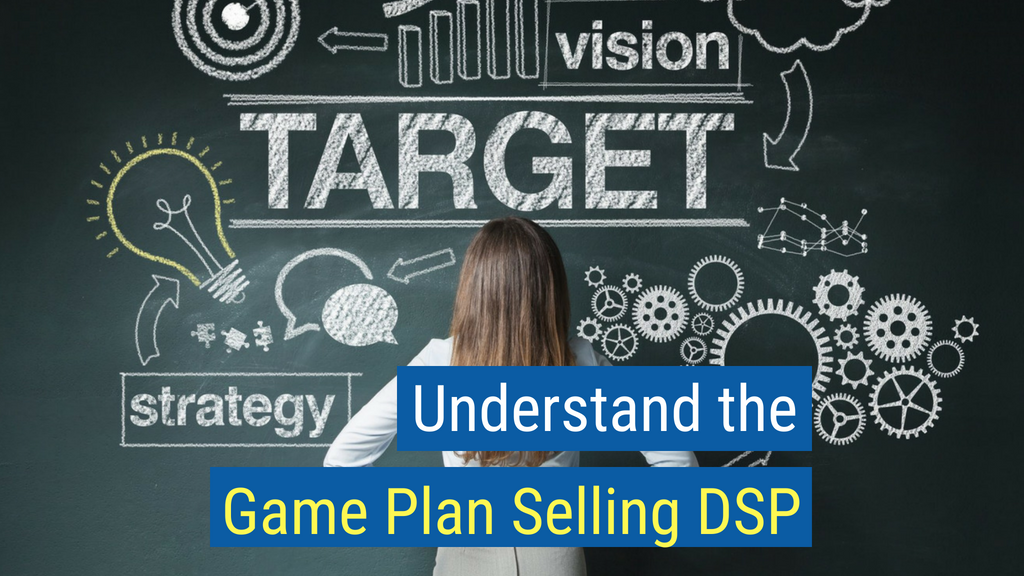
The only sales strategy you need to know is called the Game Plan Selling DSP, a powerful selling approach that I’ve developed over the years. It’s a cohesive sales strategy with three key legs to the stool:
- Distinct
- Systematic
- Prospecting Playbook
First, we need to be distinct so that we’re perceived as being unlike the competition, or anyone else in sales.
Next, we need to be systematic, following a repeatable, proven approach to selling.
And finally we need to have a prospecting playbook—that list or set of prospecting activities that we follow on a regular basis to help us ultimately hit our sales goals.
Sales Strategy Tip #2: Be distinct.

The first pillar of the DSP is Distinct. This is a relatively simple concept, but shockingly few salespeople follow this rule: As salespeople in today’s market, we absolutely must be the complete and total opposite of everyone else.
This often makes me think of something my Dad used to tell me about business. He used to say, “Marc, if you want to be successful in sales and in business, what you want to do is identify where everyone else is marching. And once you know exactly where they’re going, I want you to turn around and go the exact opposite way.”
As you read this, your competitors are calling on your prospects. How do you think they’re starting those calls? The vast majority of them are enthusiastically greeting the prospect with a cheerful, “Hey Susan! How are you today?!” Then, they’re diving straight into a pitch of their product or service, talking about all the features and benefits they have to offer.
The ideal sales strategy includes an approach that’s the complete opposite of what the competition is doing. This leads us to the idea of the pattern interrupt. We need to break the typical sales pattern at every single step in the process with our prospects.
Pattern interrupt basically means that we do everything in our power to avoid those typical salesperson-prospect interactions.
Let me give you an example of what I mean. As I mentioned before, most salespeople start their calls with some version of, “Hey Sarah! How are you today?!” This is a typical pattern on the part of salespeople, and it creates a patterned response on the part of prospects. The prospect is naturally going to pull away, since they’ve heard this opening a million times before. It sounds salesy, and it’s immediately obvious that a salesperson is on the other line.
Pattern interrupt tells us to break that pattern by opening our calls in a totally distinct manner. Use a sales strategy that takes a totally different approach. Here’s the opening I suggest: “Hey Sarah. Marc Wayshak calling. How have you been?”
You’ll notice the difference in language. Instead of asking “how are you today?!” we’re asking “how have you been?” The data unequivocally shows that “how have you been” is the best question to ask at the opening of a sales call.
In fact, when you start calls with “how have you been?” you have a 6.5 times higher likelihood of actually scheduling a meeting as a result of that call. 6.5 times! It’s breaking the pattern. Prospects say to themselves, “Do I know this person?” It’s not manipulative; it’s just a little bit different. It’s a powerful way to get the prospect to think, “Maybe I’ll give this person 20 seconds of my time.”
The other difference in language is that I said my name in the opening: “Marc Wayshak calling.” I made it seem like maybe the prospect should know who I am, but I didn’t pretend like we went to college together.
Another example of being distinct through a pattern interrupt is the response to the age-old question of “Why should I do business with you?” If you’ve been in sales for long enough, you’ve had a prospect ask you this question. The typical salesperson’s response is something like, “Well, we’re the best! We’re so great that we can give you x, y, and z, and no one else can do it like we can.”
These typical responses are cheesy and salesy, and your prospect already expects to hear it.
Instead, break that pattern by using a completely different approach to answering the question. Next time a prospect asks, “Why should I do business with you?” I challenge you to say the following: “You know what, George, I really appreciate your asking me that question. Quite frankly, at this point in the conversation, I’m not sure that you should. Would it be OK if I asked some questions to find out what’s really going on, and then I can tell you if I think that we’re a better fit?”
The prospect expected you to put all this pressure on—and instead you just took a step back. How real is that? How genuine is that? It’s so much more effective because you’re taking all of the pressure off of the prospect, in a way that really makes them of you as an expert. Prospect start to think, “This salesperson is obviously successful because they’re not saying that I need to do business with them.”
And so, as a result of being distinct, you’re setting yourself up for a lot more success.
Sales Strategy Tip #3: Be systematic.
 Systematic is the second part of the Game Plan Selling DSP. This is about having a repeatable, proven system for selling. There are three key components to having a successful systematic approach to sales:
Systematic is the second part of the Game Plan Selling DSP. This is about having a repeatable, proven system for selling. There are three key components to having a successful systematic approach to sales:
- Connect. We need to connect with prospects on a level that goes deeper than what they’re expecting. This is one of the reasons that AI has a long way to go before it can catch up with real, human salespeople. As human beings, we have the ability to forge strong, deep connections with people so that they let their guards down and open up. Machines can’t do that (yet).
Start thinking about how you can connect on the deepest level with the person in front of you, or on the other end of the phone, in any given selling situation. One of the simplest, most effective ways to connect with any prospect is to mirror what the prospect is doing and saying. Think of yourself as a chameleon. How do they come across? What’s their vibe? How quickly do they speak? How loud are they? Start to match that approach.
I’m not talking about making huge changes to your personality here. All I’m saying is that you want to slightly mirror what the prospect does and says. Often, this is the first step to breaking through. - Disqualify. The next step to implementing a systematic sales strategy is to have a disqualification approach in place. You want to be routinely disqualifying prospects who aren’t a good fit—and you want to do this early on in the sales process.
We’ve all heard that we need to qualify prospects, or persuade them to do business with us. I’m telling you to start approaching it in the exact opposite way.
Use a mindset of disqualifying people who aren’t a good fit, up front. Ask questions. Dig deep to find out whether they’re a good fit for what you sell.
You’ll find that only about 50% of the people you talk to are a good fit. - Constant feedback presentation. This is the next piece to the puzzle of the systematic sales strategy you should use when you sell. Every single time you’re making a sale, you need to be using a constant feedback presentation.
Remember that when you’re presenting, you don’t want to bombard people with information. Instead, you want it to be a two-way dialogue.
The constant feedback presentation is simply this: Present a little bit of information, and then get some feedback immediately from the prospect.
Ask little feedback questions like, “How does that sound?” or “Does that make sense?” Constantly get feedback by asking these little questions and pulling them back into the conversation. The presentation thus becomes a real two-way dialogue.
Does that make sense? (See what I did there? It’s so powerful, so simple, and just naturally makes someone nod their head.)
Sales Strategy Tip #4: Prospecting Playbook.
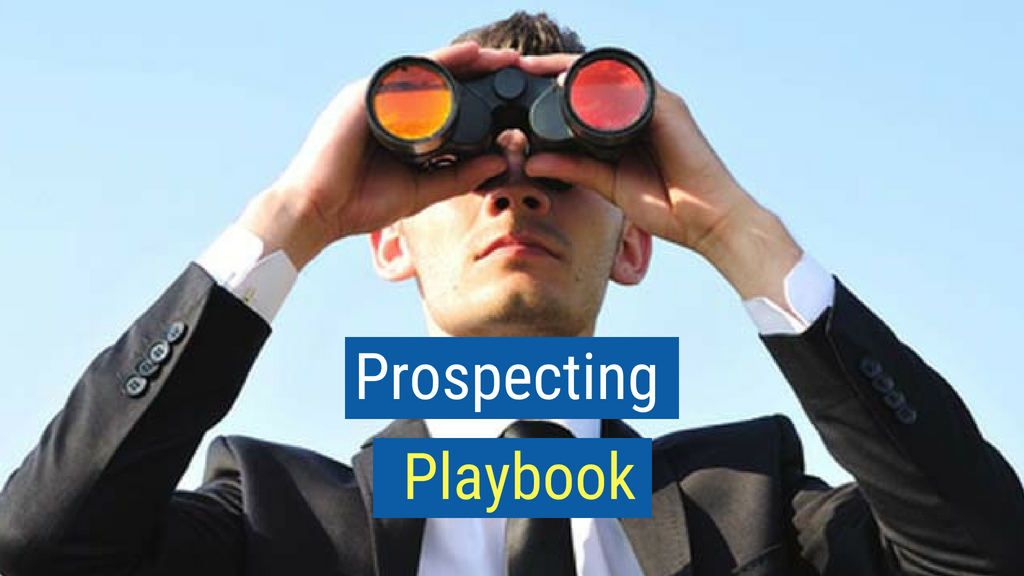 The final component of the Game Plan Selling DSP sales strategy is your prospecting playbook. This is so important because most salespeople are going up and down, up and down with their sales month by month. Some months are good, and so they get busy and they’re not doing as much prospecting. As a result, business is slower the next month.
The final component of the Game Plan Selling DSP sales strategy is your prospecting playbook. This is so important because most salespeople are going up and down, up and down with their sales month by month. Some months are good, and so they get busy and they’re not doing as much prospecting. As a result, business is slower the next month.
Your prospecting playbook is all about understanding exactly what you have to do in order to hit your sales goals from a prospecting perspective—so you stop having up and down months.
The key is understanding the only metric that you really need to know: discovery appointments. Discovery meetings, initial meetings—whatever you want to call them, they’re the most important metric for you to understand when it comes to building the ideal sales strategy. This is the only metric you need to track: How many initial meetings do you have to set each and every week? If you set this many meetings, you’re going to hit your sales numbers.
Let’s just think about the math for a second. Think about what your sales goal is for the next month. About how many discovery meetings do you have to conduct on average in order to hit that goal? Maybe it’s 5, maybe it’s 10, maybe it’s 50, maybe it’s 100. It totally depends on the type of business you’re in, and the types of sales you make.
Let’s say that your goal is to set 10 initial meetings each week. That means 2 meetings every day. You shouldn’t leave the office until you’ve set your 2 meetings every single day. If that becomes your focus, now all you have to think about is what activities go into generating those meetings every week. Whether it’s making cold calls, or asking for referrals and introductions, or going to networking events, or getting more marketing leads— whatever it is, you now know exactly what those activities have to look like in order to hit that one metric.
So, what are some of the best activities that we can do in order to drive those meetings? Asking for introductions is one of them. This means asking people in your network—prospects, clients, anyone that you know—for introductions to other people.
Are you having conversations with your clients where you’re asking them if they know anyone who might potentially be a fit for your product or service? Dig into these conversations, and ask them if they’d be willing to introduce you to those people.
This is not asking for a referral. There’s a reason we don’t ask for referrals anymore. People are kind of guarded about referrals. It’s a buzz-wordy phrase, and it’s not clear what it really means.
What we want are introductions. You want that client to introduce you to that person they know. Ask for introductions in a way that’s genuine, such as, “George, I could use your help. The way I grow my business is by servicing the heck out of my clients, so that way at the end of the day they’d be willing to introduce me to others just like themselves: People who I can really help. I’m wondering, would you be willing to introduce me to some other people who you think I might be able to help?”
 If you need to, use the above as a script. It’s so simple. It’s so powerful. By asking for those introductions, you’re going to grow your business exponentially, in a way that leverages your existing network.
If you need to, use the above as a script. It’s so simple. It’s so powerful. By asking for those introductions, you’re going to grow your business exponentially, in a way that leverages your existing network.
So, there you have it. There’s the only sales strategy you need to know. I want to hear from you. Which of these ideas did you find most useful? Be sure to share below in the comments section to get involved in the conversation.
Enjoyed this article? Please share away!

Get instant access to our free sales training:
Why Prospects Push Back on Price, Give 'Think-It-Overs,' and Ghost in Sales Until They Meet a Sales Superstar Who Is Following These 7 Simple Keys

About the Author Marc Wayshak
Marc is is the best-selling author of three books on sales and leadership, including the highly acclaimed titles Game Plan Selling, The High-Velocity Sales Organization and his forthcoming book, Sales Conversations, Mastered.
Marc is a contributor to Inc, HubSpot, Fast Company, Entrepreneur Magazine, and Huffington Post Business. He also hosts a popular YouTube channel on sales strategy with over 103,000 subscribers.
Marc helps thousands of people his data-driven, science-based approach to selling that utilizes all the best tools available to sales organizations today.

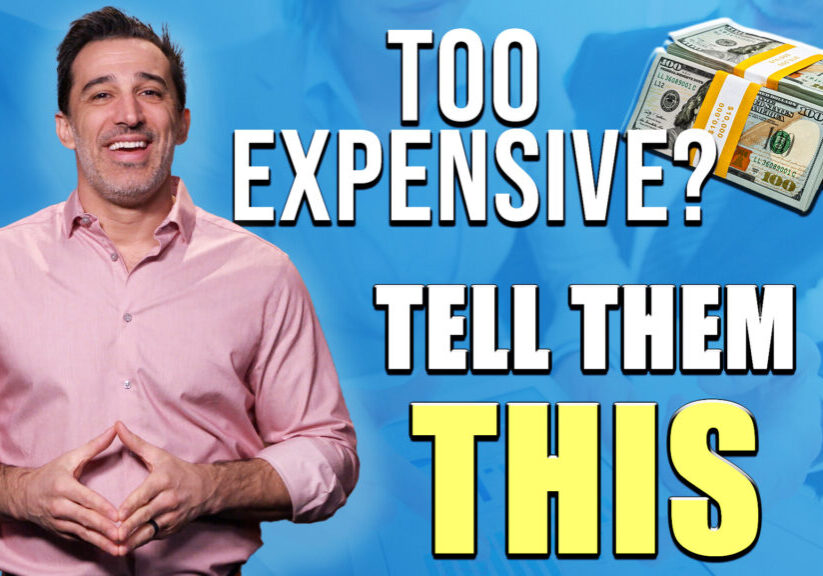
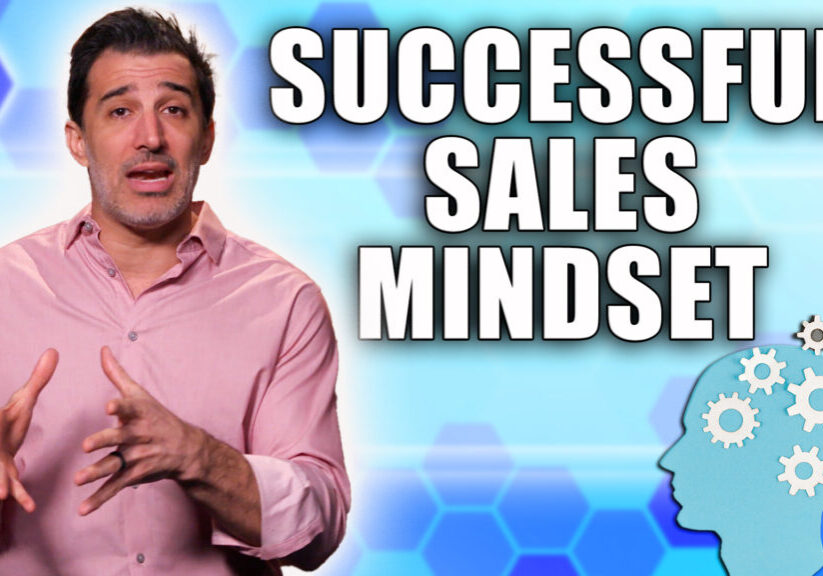
![How-to Sell to Power [C-Suite Sales Must-Knows!] How to Sell to Power [C-Suite Sales Must-Knows!]](https://salesinsightslab.com/wp-content/uploads/bb-plugin/cache/How-to-Sell-to-Power-C-Suite-Sales-Must-Knows-1024x576-landscape-7a52c541b28a7b772ad9e1010d8240be-.jpg)

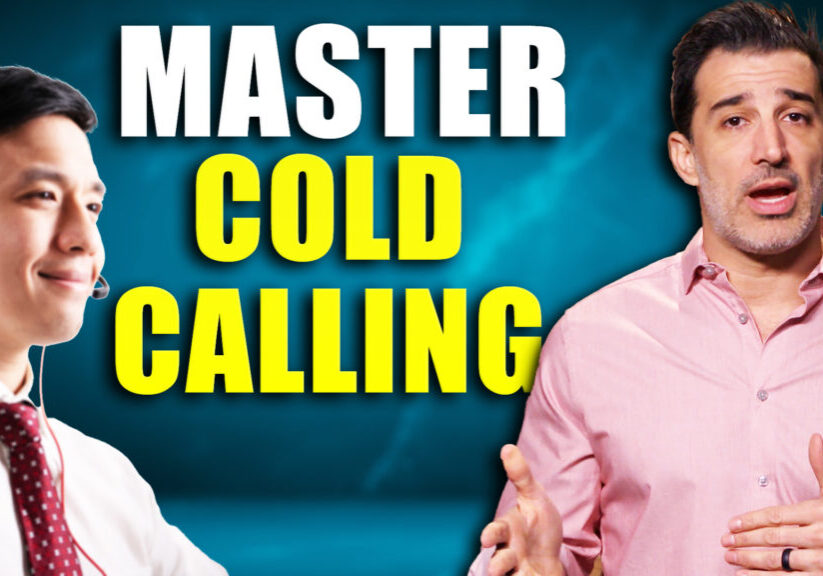
![The Absolute Best Way to Start a Sales Conversation [WITH ANY PROSPECT] The Absolute Best Way to Start a Sales Conversation [WITH ANY PROSPECT]](https://salesinsightslab.com/wp-content/uploads/bb-plugin/cache/The-Absolute-Best-Way-to-Start-a-Sales-Conversation-WITH-ANY-PROSPECT-1024x576-landscape-be9d9379ab94d9f71b5bfeed42246a84-.jpg)